Home>Gardening & Outdoor>Landscaping Ideas>What Is Grass Rust
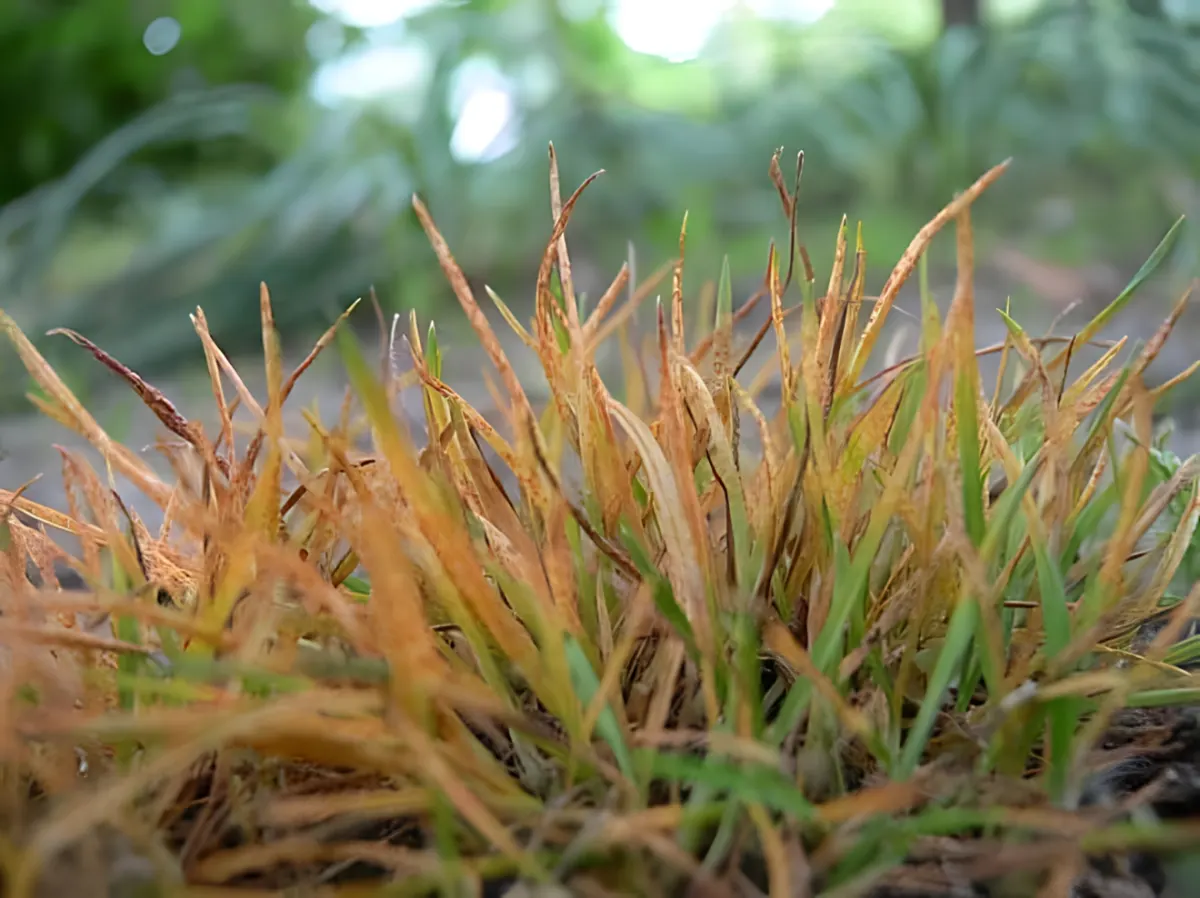

Landscaping Ideas
What Is Grass Rust
Modified: February 18, 2024
Learn about grass rust and how it can affect your landscaping ideas. Discover tips for prevention and treatment to maintain a healthy lawn.
(Many of the links in this article redirect to a specific reviewed product. Your purchase of these products through affiliate links helps to generate commission for Storables.com, at no extra cost. Learn more)
Introduction
Welcome to the world of landscaping, where the beauty of nature meets the artistry of design. As you embark on your journey to create a stunning outdoor space, it’s important to understand the various challenges that can affect the health and appearance of your lawn. One such challenge is grass rust, a common fungal disease that can impact the vitality of your grass and detract from the overall aesthetic of your landscape.
Grass rust is a fungal infection that can affect a wide range of grass species, including common turfgrasses found in residential lawns, commercial landscapes, and recreational areas. Understanding the causes, types, symptoms, prevention, and treatment of grass rust is essential for maintaining a vibrant and healthy lawn.
In this comprehensive guide, we’ll delve into the intricacies of grass rust, equipping you with the knowledge and insights needed to identify, address, and prevent this pesky fungal disease. By the end of this journey, you’ll be empowered to nurture your lawn and preserve its natural splendor, free from the clutches of grass rust.
Key Takeaways:
- Grass rust is a common fungal disease that affects the health and appearance of lawns. It’s caused by fungal pathogens thriving in warm, humid environments and can be prevented by maintaining optimal lawn health.
- Grass rust comes in different types, each with unique symptoms and impact on grass. Early detection and proactive measures, such as proper lawn care and targeted treatments, can effectively manage and prevent grass rust.
Read more: What Causes Rust In Grass
What Causes Grass Rust
Grass rust is caused by fungal pathogens belonging to the Puccinia genus. These microscopic organisms thrive in warm, humid environments, making them particularly prevalent during periods of high moisture and moderate temperatures. When these conditions align, the fungal spores germinate and infect grass blades, initiating the onset of grass rust.
Several factors contribute to the development and spread of grass rust, including:
- Environmental Conditions: Grass rust flourishes in moist environments with temperatures ranging from 60°F to 75°F (15°C to 24°C). Additionally, poor air circulation and excessive shade can create conducive conditions for fungal growth.
- Grass Stress: Weak or stressed grass is more susceptible to fungal infections. Factors such as inadequate nutrition, improper mowing, and compacted soil can compromise the health of the grass, making it more prone to rust infestations.
- Spore Transmission: Grass rust spreads through airborne spores, which can be carried by wind, water, or human activity. Once the spores land on susceptible grass blades, they germinate and initiate the infection cycle.
It’s important to note that different species of grass are susceptible to specific types of grass rust, and the severity of the infection can vary based on the grass variety and environmental conditions. By understanding the underlying causes of grass rust, you can take proactive measures to mitigate the risk and protect your lawn from this fungal menace.
Types of Grass Rust
Grass rust manifests in several distinct forms, each with its own unique characteristics and impact on the affected grass. The three primary types of grass rust are:
- Stripe Rust (Puccinia striiformis): This type of grass rust is characterized by the formation of yellow to orange-colored stripes or streaks on the grass blades. Stripe rust commonly affects cool-season grasses such as Kentucky bluegrass, perennial ryegrass, and fine fescue. It thrives in cooler temperatures and can cause significant damage if left unchecked.
- Stem Rust (Puccinia graminis): Stem rust typically appears as small, reddish-brown pustules on the grass stems and leaves. Warm-season grasses, including Bermuda grass and zoysia grass, are particularly vulnerable to stem rust. This type of rust can weaken the grass and impede its growth, leading to a decline in overall lawn health.
- Leaf Rust (Puccinia recondita): Leaf rust is characterized by the formation of orange to brown-colored pustules on the upper surface of grass leaves. It commonly affects a wide range of grass species, including both cool-season and warm-season varieties. Leaf rust can cause discoloration and weakening of the grass, diminishing its visual appeal and vigor.
Each type of grass rust presents unique challenges and requires specific management strategies to mitigate its impact. By identifying the type of rust affecting your lawn, you can tailor your approach to effectively combat the infection and restore the health and vitality of your grass.
Symptoms of Grass Rust
Recognizing the symptoms of grass rust is crucial for early detection and prompt intervention. When your lawn is affected by grass rust, several telltale signs may become apparent, indicating the presence of this fungal disease:
- Discoloration: One of the primary symptoms of grass rust is the discoloration of grass blades. Depending on the type of rust and the grass species, the affected areas may display yellow, orange, or reddish-brown hues, signaling the presence of fungal pustules.
- Powdery Residue: Upon close inspection, you may notice powdery or dusty residues on the grass blades. These residues consist of fungal spores and pustules, which contribute to the spread of the infection.
- Streaks or Pustules: Different types of grass rust may present distinct visual patterns, such as striped lesions, small pustules, or speckled discoloration, depending on the affected grass variety and the specific rust type.
- Thinning and Weakness: Infected areas of the lawn may exhibit signs of thinning, weakening, or stunted growth. The grass may appear less vigorous and resilient, struggling to maintain its lush and healthy appearance.
- Reduced Photosynthesis: As the fungal infection progresses, the grass’s ability to undergo photosynthesis may be compromised, leading to diminished energy production and overall metabolic activity within the affected blades.
It’s important to monitor your lawn regularly and remain vigilant for any unusual changes in grass color, texture, or growth patterns. Early detection of grass rust symptoms enables swift action to address the infection and prevent its spread to unaffected areas of the lawn.
To prevent grass rust, avoid over-fertilizing and over-watering your lawn. Also, make sure to regularly mow your grass and remove any clippings to reduce the risk of rust spores spreading.
Prevention and Treatment of Grass Rust
Preventing and treating grass rust involves a combination of proactive measures, cultural practices, and, if necessary, targeted fungicidal treatments. By implementing effective strategies, you can safeguard your lawn from grass rust and promote its long-term health and resilience.
Read more: What Is Grass Rust And How To Remove It
Preventive Measures:
Prevention is key to minimizing the risk of grass rust and maintaining a vibrant lawn. Here are essential preventive measures to consider:
- Maintain Optimal Lawn Health: Ensure proper lawn care practices, including regular mowing, adequate watering, and appropriate fertilization, to promote the overall health and vigor of the grass. Healthy grass is better equipped to resist fungal infections.
- Improve Air Circulation: Enhance air circulation within the lawn by pruning overhanging branches, thinning dense foliage, and avoiding excessive thatch buildup. Good airflow reduces moisture retention and inhibits fungal growth.
- Monitor Watering Practices: Water the lawn in the early morning to allow the grass blades to dry thoroughly during the day, minimizing the opportunity for fungal spores to germinate and infect the grass.
- Implement Proper Lawn Nutrition: Apply balanced fertilizers and amend the soil as needed to ensure that the grass receives essential nutrients, promoting strong growth and resilience against fungal diseases.
Treatment Options:
If grass rust becomes established in your lawn, prompt treatment is essential to mitigate its impact and prevent further spread. Consider the following treatment options:
- Fungicidal Applications: In severe cases of grass rust, targeted fungicidal treatments may be necessary to control the spread of the infection. Consult with a professional to select an appropriate fungicide and apply it according to the recommended guidelines.
- Overseeding and Reseeding: If the grass rust has caused significant damage to specific areas of the lawn, consider overseeding or reseeding to rejuvenate the affected areas and promote the growth of healthy, rust-resistant grass.
- Regular Monitoring and Maintenance: Continuously monitor the lawn for signs of recurring rust and maintain proactive lawn care practices to fortify the grass against future infections.
By combining preventive measures with targeted treatments, you can effectively manage grass rust and preserve the beauty and vitality of your lawn, ensuring that it remains a lush and inviting centerpiece of your landscape.
Conclusion
Congratulations on delving into the realm of grass rust and equipping yourself with valuable insights to safeguard your lawn against this pervasive fungal disease. By understanding the causes, types, symptoms, and preventive measures for grass rust, you’ve taken a proactive step toward nurturing a healthy and resilient landscape.
As you continue your landscaping journey, remember that maintaining optimal lawn health and implementing preventive strategies are essential for mitigating the risk of grass rust. By fostering a thriving environment for your grass and remaining attentive to early signs of fungal infections, you can effectively minimize the impact of grass rust and preserve the natural splendor of your outdoor space.
Should you encounter the unwelcome presence of grass rust, rest assured that timely treatments and diligent lawn care practices can help restore the vitality of your lawn and prevent future outbreaks. Whether through targeted fungicidal applications, overseeding, or consistent monitoring, your commitment to the well-being of your lawn will yield enduring rewards in the form of a lush, resilient, and visually captivating landscape.
Embrace the artistry of landscaping, and let your passion for nurturing nature’s beauty shine through as you cultivate a vibrant and flourishing lawn, free from the grasp of grass rust. With your newfound knowledge and dedication to effective lawn care, your outdoor oasis will continue to inspire and delight, providing a welcoming haven for relaxation, recreation, and natural beauty.
May your landscaping endeavors be filled with boundless creativity, joyous discoveries, and the enduring allure of a flourishing lawn, untouched by the woes of grass rust.
Frequently Asked Questions about What Is Grass Rust
Was this page helpful?
At Storables.com, we guarantee accurate and reliable information. Our content, validated by Expert Board Contributors, is crafted following stringent Editorial Policies. We're committed to providing you with well-researched, expert-backed insights for all your informational needs.
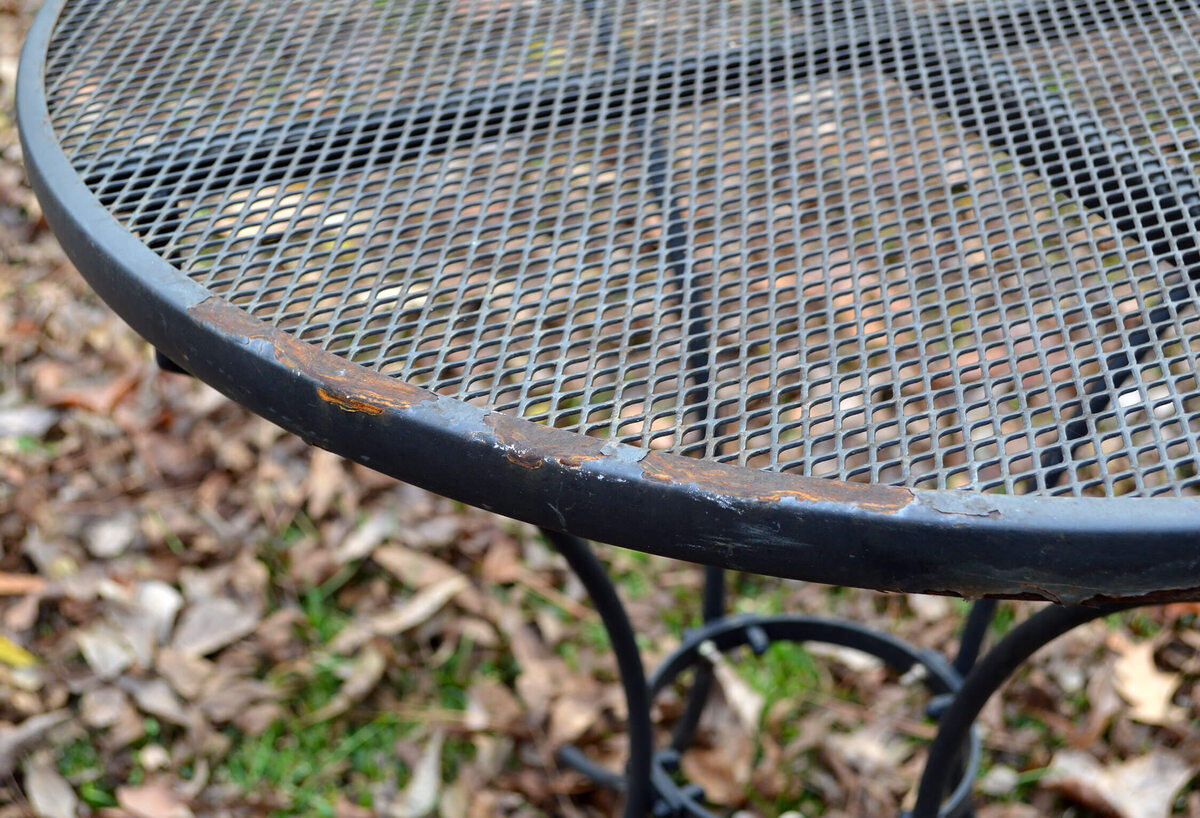
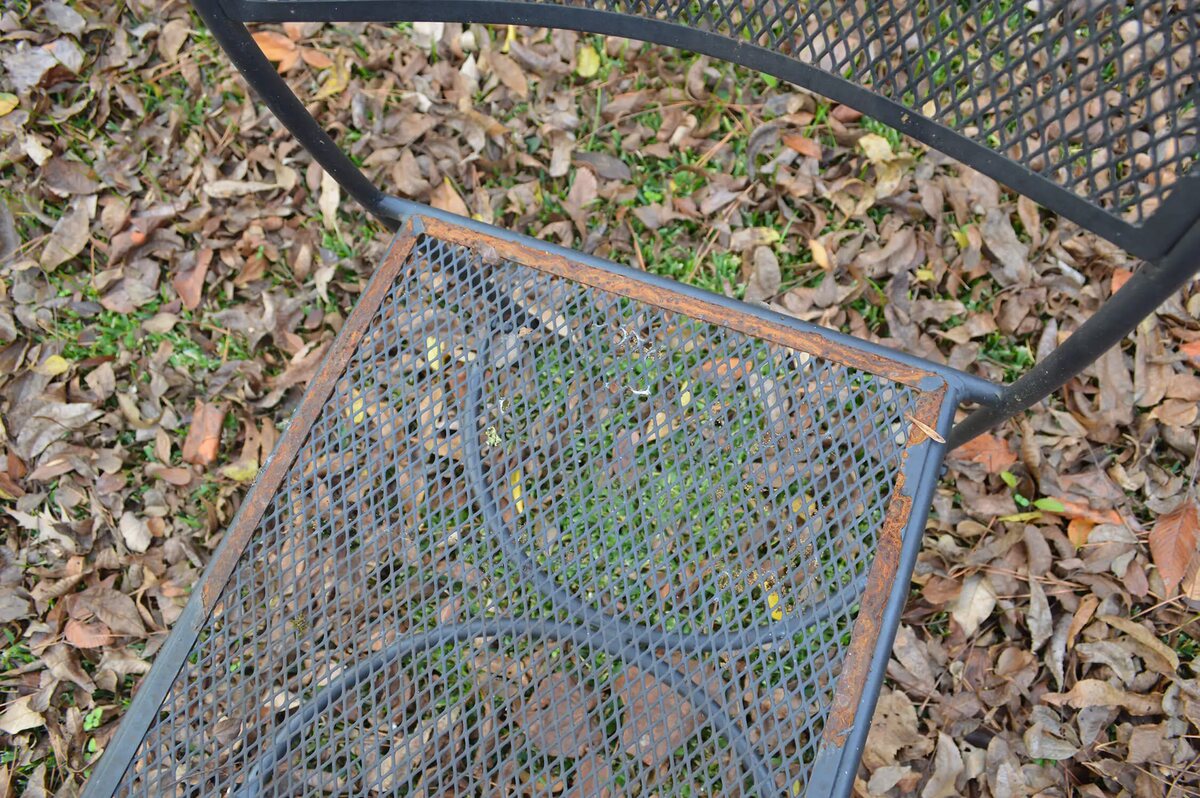
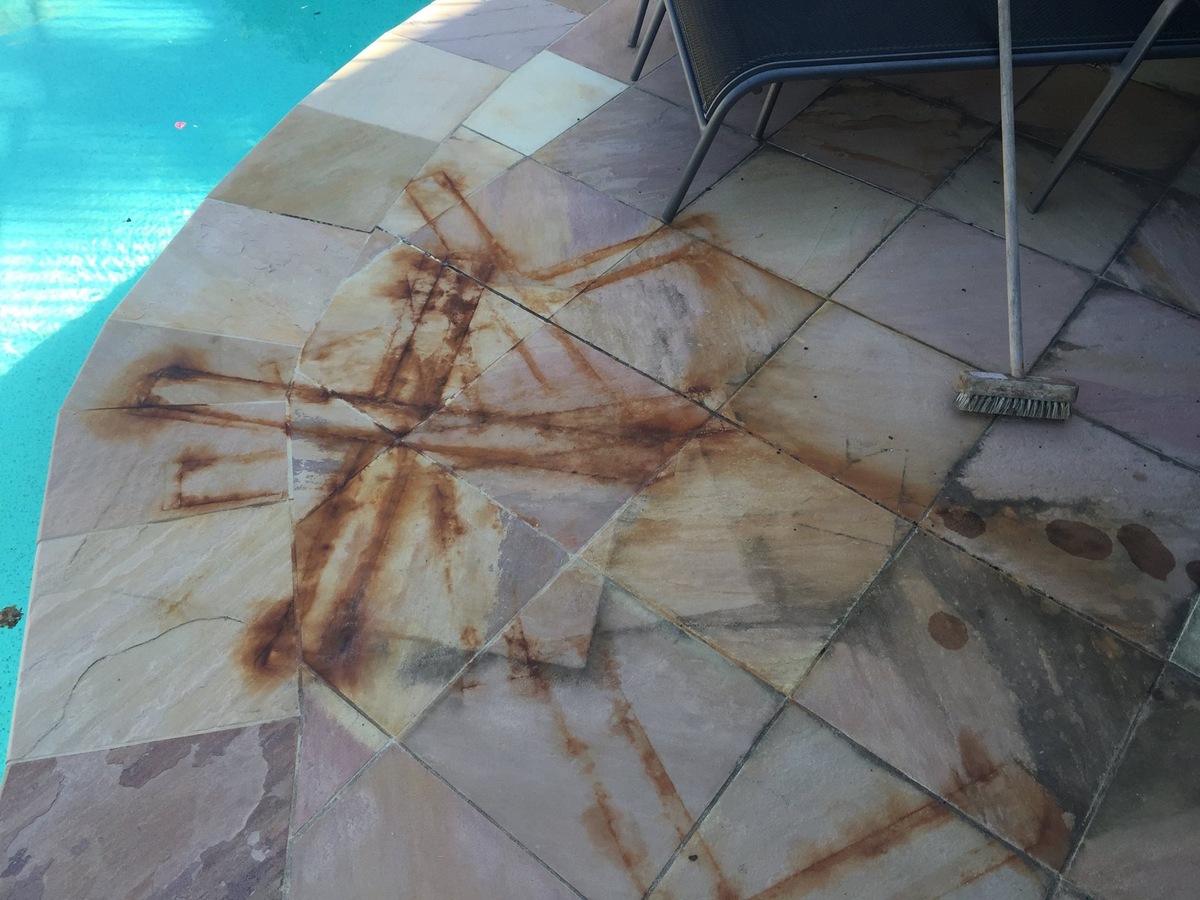
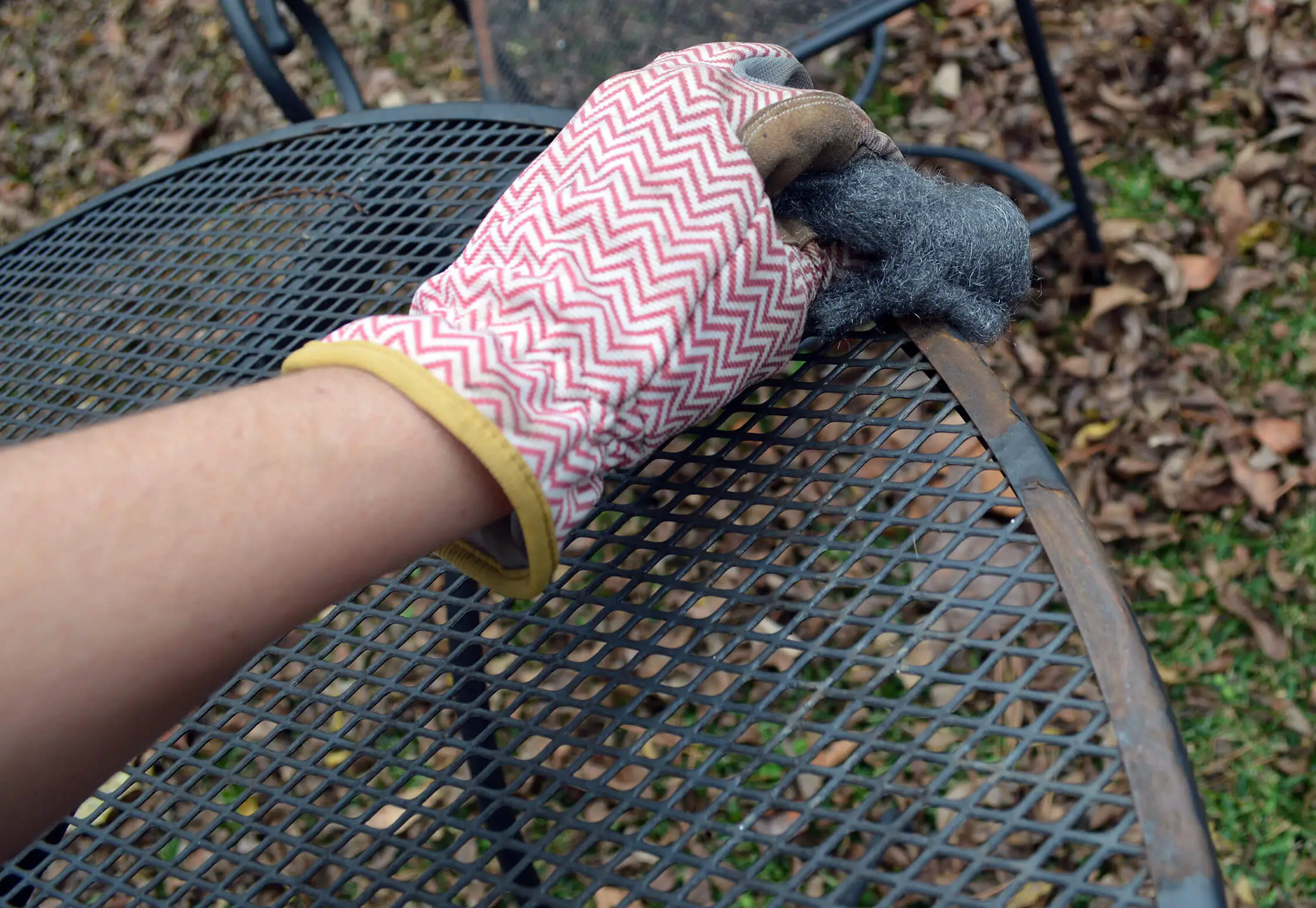
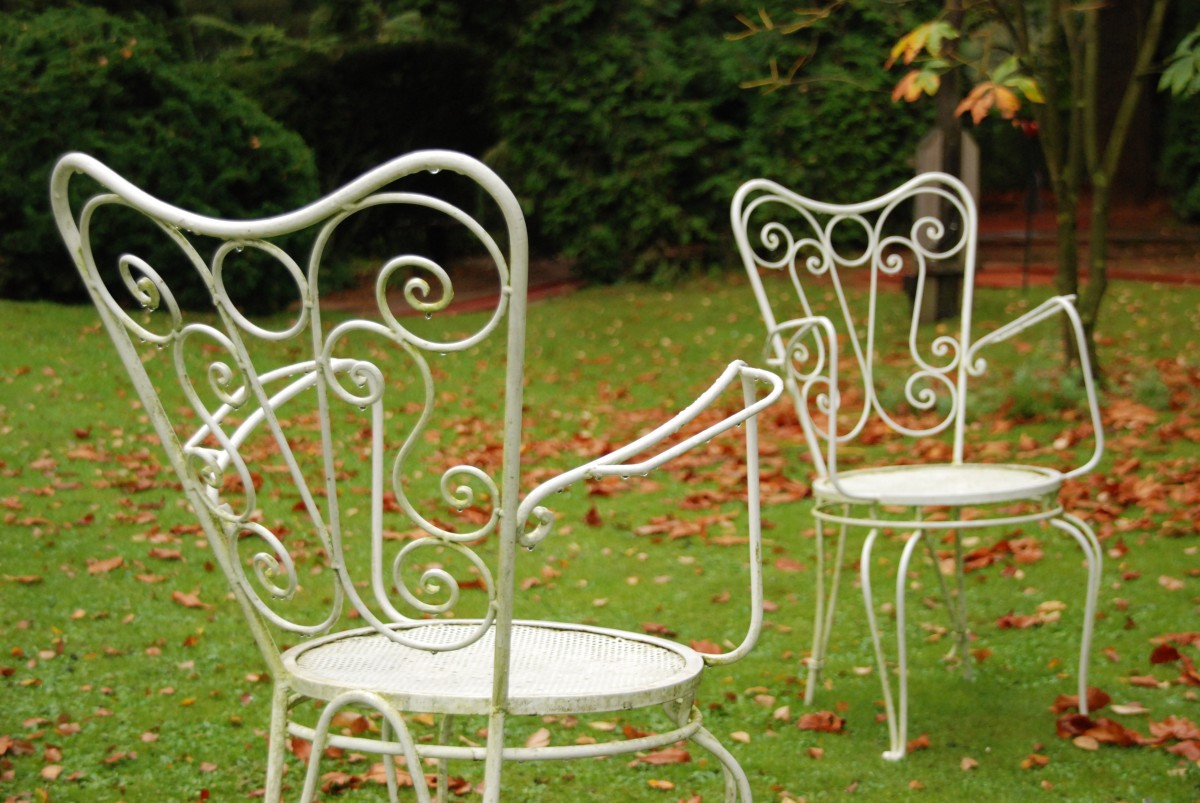
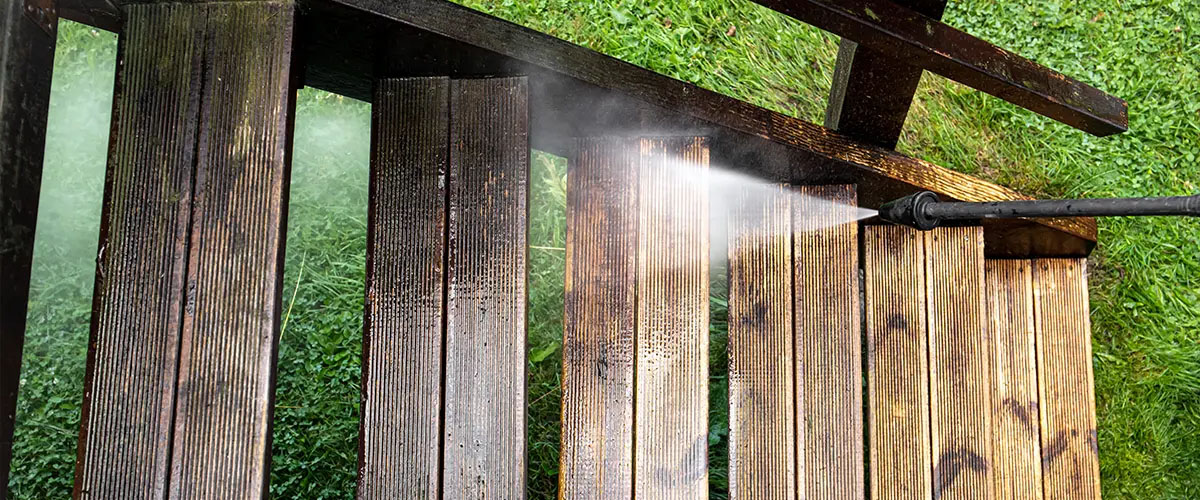

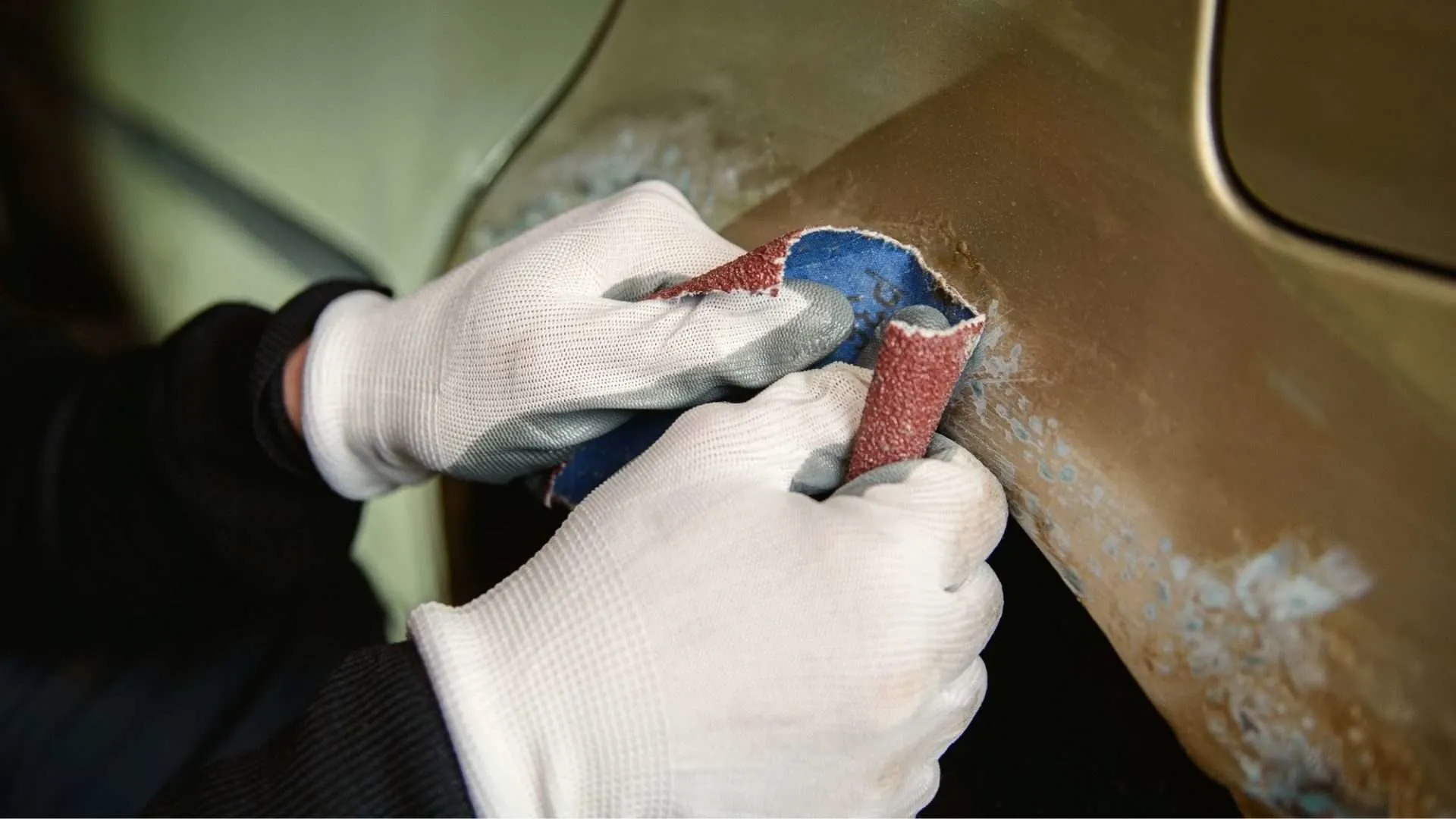
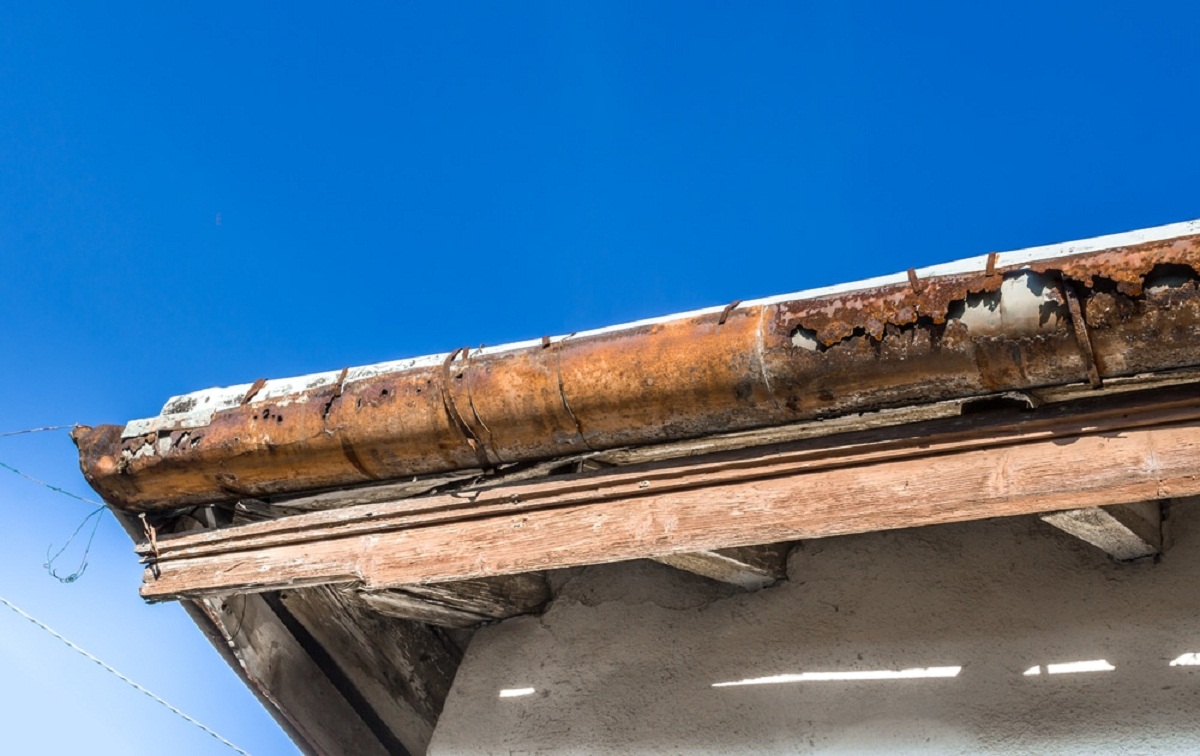
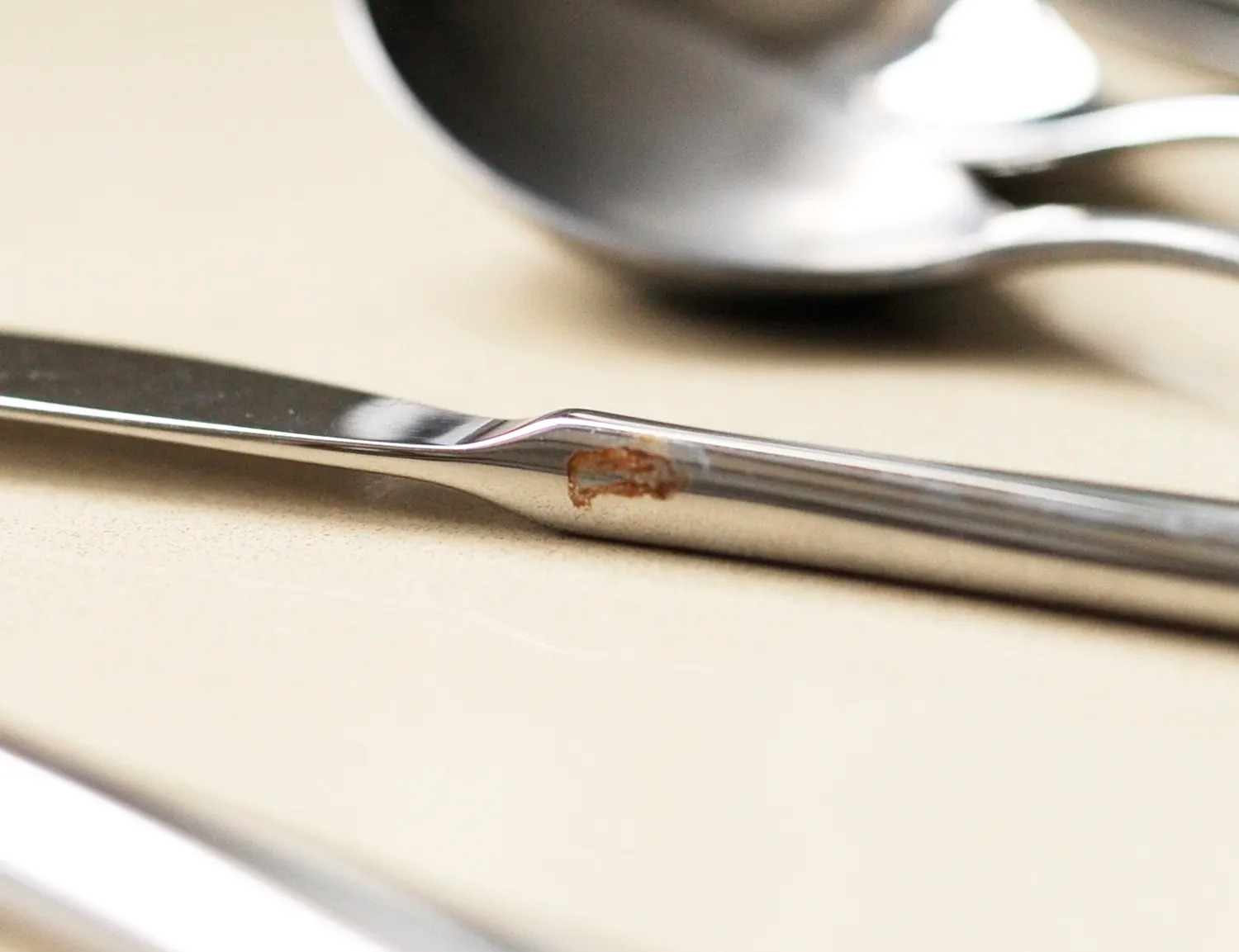
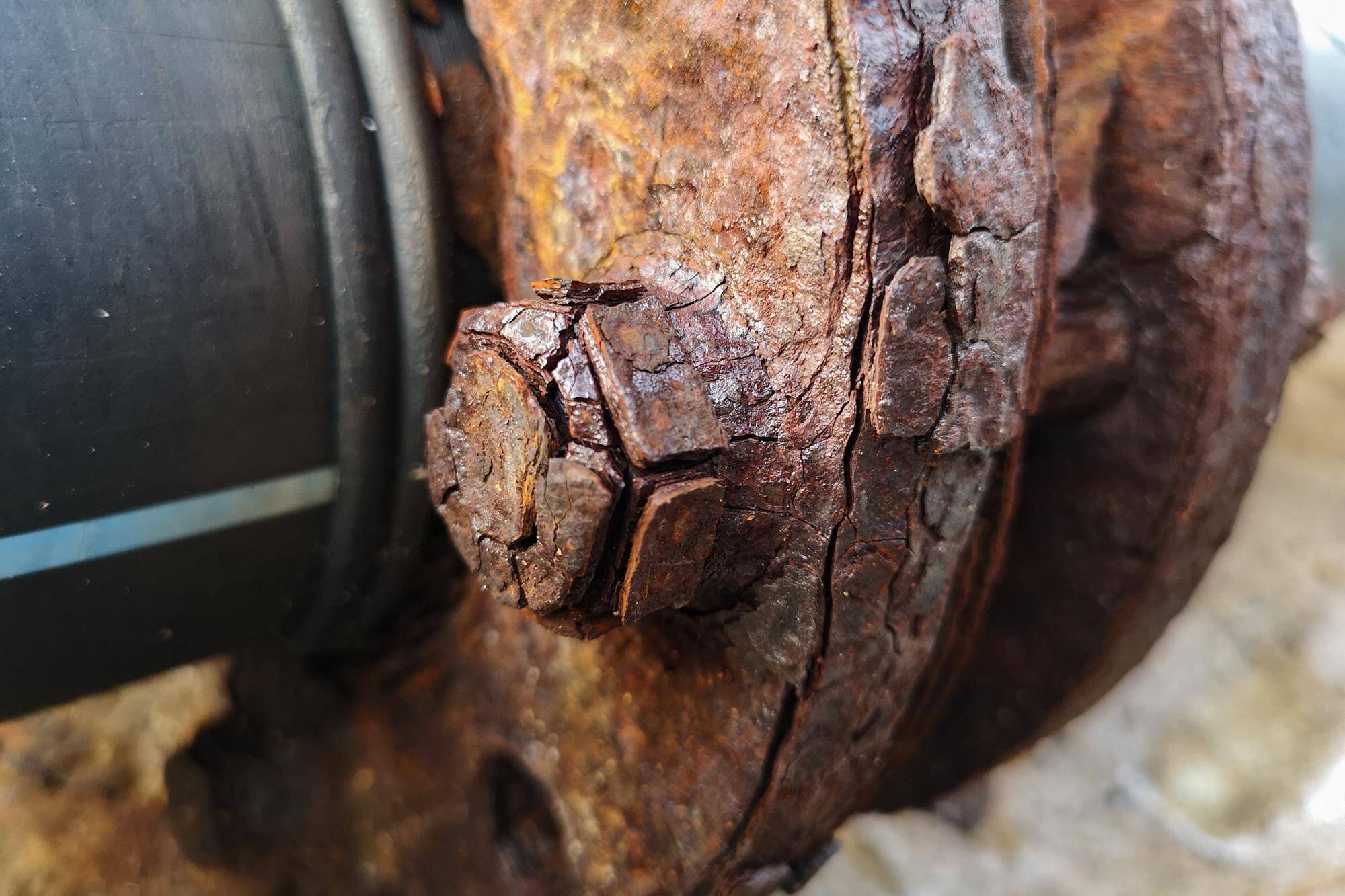


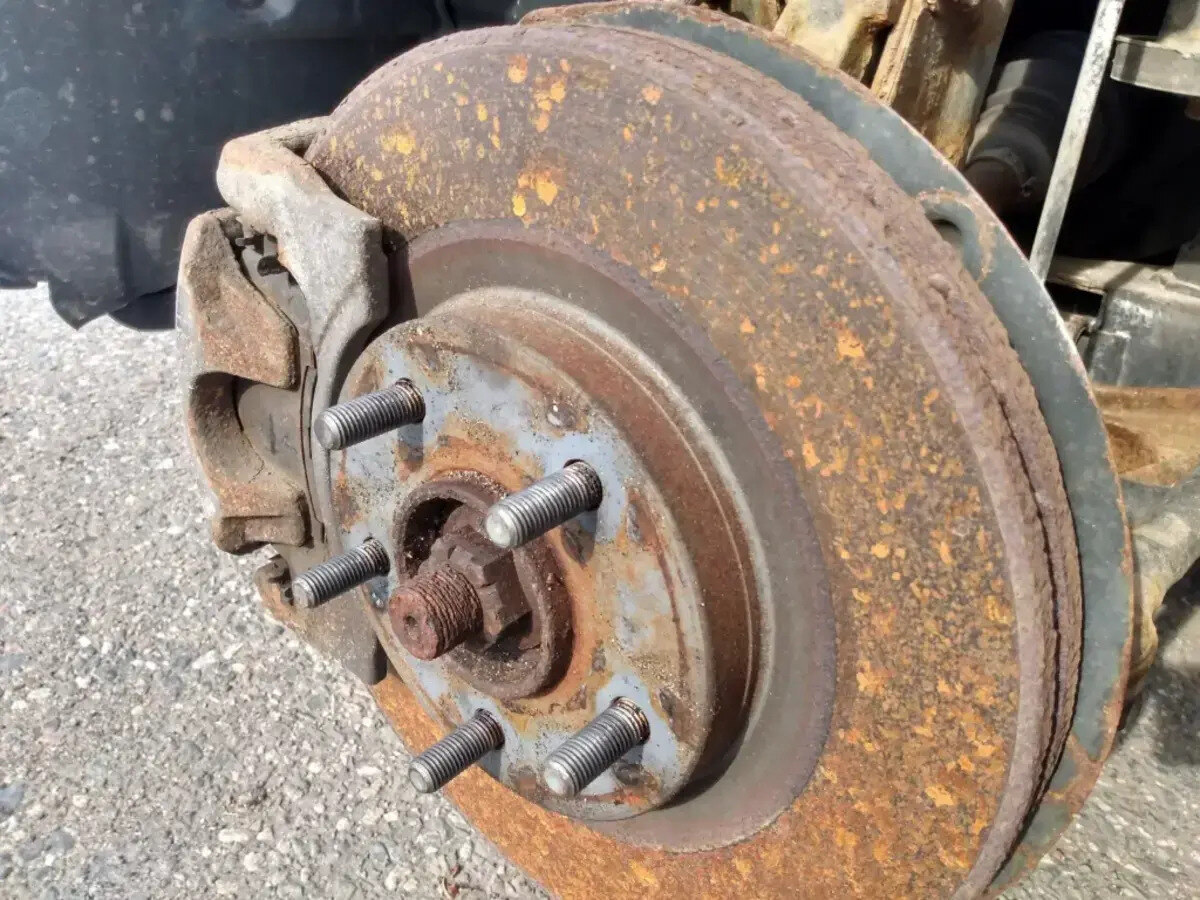

0 thoughts on “What Is Grass Rust”